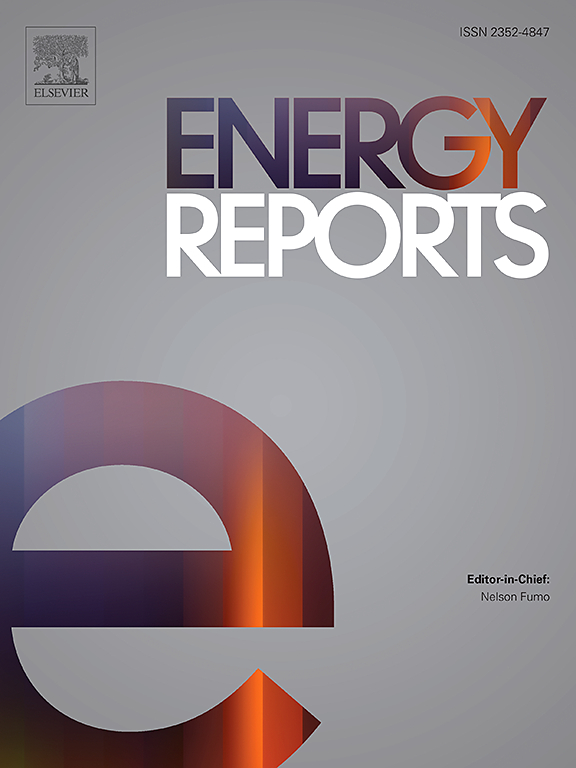Research on the scenario prediction and classification of emission reduction strategy of carbon emission in china's oil and gas industry
IF 5.1
3区 工程技术
Q2 ENERGY & FUELS
引用次数: 0
Abstract
With the introduction of the "dual carbon" goal, the pathway for carbon reduction in China's energy system is gradually unfolding. This paper focuses on the oil and gas industry, one of the core sectors contributing to carbon emissions, as the research subject. Initially, a PSO-BP neural network model is employed to estimate the carbon emissions of the oil and gas industry (CEOG), including total carbon emissions (TCEOG) and carbon intensity of the oil and gas industry (CIOG). Subsequently, the integration of potential index and K-Means clustering method is applied to classify the prediction of CEOG, and corresponding emission reduction strategies are proposed based on the classification results. The findings are as follows: (1) A peak in provincial TCEOG by 2030 can only be achieved under a low-carbon scenario. (2) The provinces whose emission reduction potential index ranks the top 5 are the economically developed eastern coastal regions, while the bottom five are the less developed energy-producing regions. Based on a total amount-efficiency model, CEOG is categorized into four groups: HE-HE (high emission-high efficiency), HE-LE (high emission-low efficiency), LE-HE (low emission-high efficiency), and LE-LE (low emission-low efficiency). (3) The comprehensive CE reduction potential and total amount-efficiency results classify the future CEOG scenarios for 30 provinces in China into ten categories for the first time. Based on the actual development status of each province, tailored CE reduction strategies for the oil and gas industry should be formulated for each category, providing a practical, detailed, and quantifiable theoretical basis for the development and adjustment of national, provincial, or regional carbon reduction policies.
中国油气行业碳排放情景预测与减排策略分类研究
随着“双碳”目标的提出,中国能源体系的碳减排路径正在逐步展开。本文以碳排放的核心行业之一——石油天然气行业为研究对象。首先,采用PSO-BP神经网络模型对油气行业(CEOG)的碳排放量进行估计,包括总碳排放量(TCEOG)和碳强度(CIOG)。随后,将潜力指数与K-Means聚类方法相结合,对CEOG预测进行分类,并根据分类结果提出相应的减排策略。研究发现:(1)2030年省级城市碳排放总量只有在低碳情景下才能达到峰值;(2)减排潜力指数排名前5位的省份为经济发达的东部沿海地区,排名后5位的省份为能源欠发达地区。基于总量效率模型,将CEOG分为高排放-高效率(HE-HE)、高排放-低效率(HE-LE)、低排放-高效率(LE-HE)和低排放-低效率(LE-LE)四类。(3)综合节能减排潜力和总量效率结果首次将中国30个省区的未来节能减排情景划分为10类。根据各省的实际发展状况,针对不同的油气行业类别,制定有针对性的节能减排战略,为国家、省、地区碳减排政策的制定和调整提供切实、详细、可量化的理论依据。
本文章由计算机程序翻译,如有差异,请以英文原文为准。
求助全文
约1分钟内获得全文
求助全文
来源期刊

Energy Reports
Energy-General Energy
CiteScore
8.20
自引率
13.50%
发文量
2608
审稿时长
38 days
期刊介绍:
Energy Reports is a new online multidisciplinary open access journal which focuses on publishing new research in the area of Energy with a rapid review and publication time. Energy Reports will be open to direct submissions and also to submissions from other Elsevier Energy journals, whose Editors have determined that Energy Reports would be a better fit.
 求助内容:
求助内容: 应助结果提醒方式:
应助结果提醒方式:


